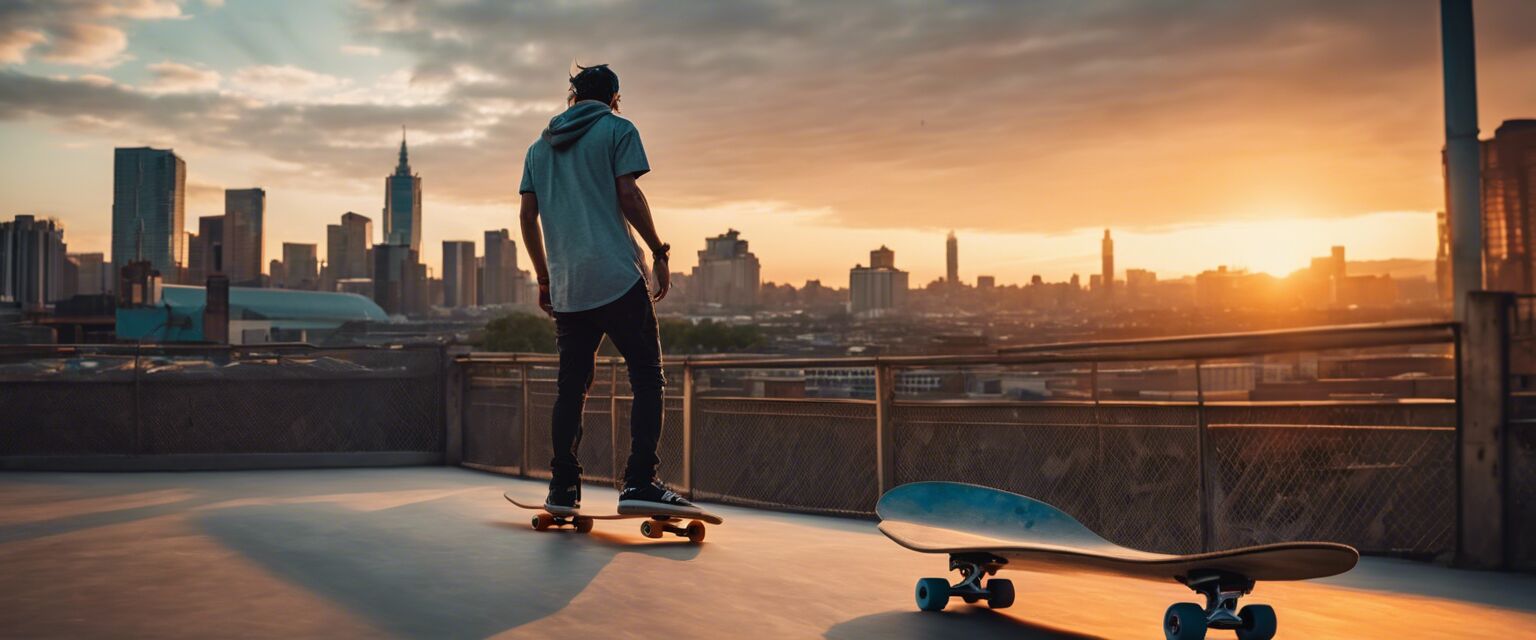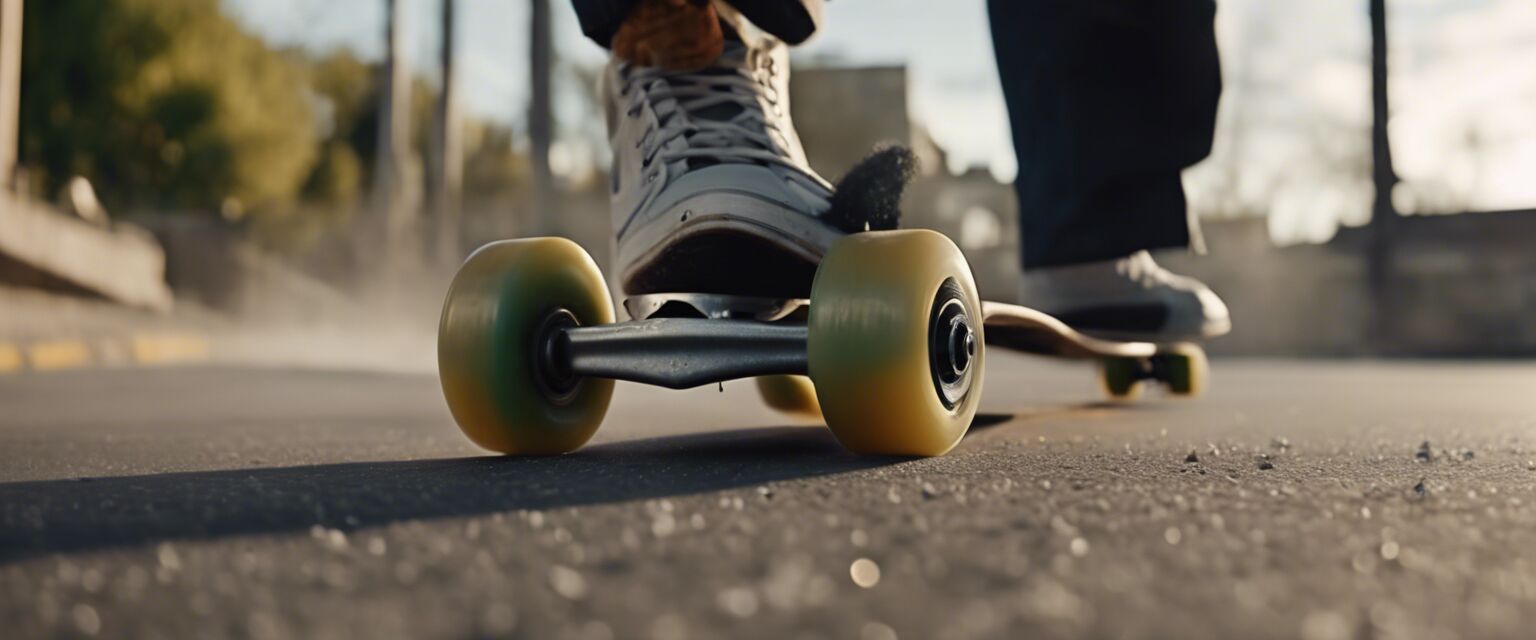
Skateboarding for Beginners
Getting started with skateboarding can be intimidating, but with the right guidance, you'll be carving up the streets in no time. In this article, we'll cover the essential equipment, basic skills, and tips to help you progress from a newbie to a seasoned pro.
Key Takeaways
- Invest in proper safety gear, including a helmet, knee pads, and elbow pads
- Choose the right skateboard for your riding style and skill level
- Master the basic skills of balancing, pushing, and turning
- Practice regularly to build confidence and improve your skills
Equipment Checklist
Before you start skateboarding, make sure you have the right gear. Here's a list of essentials to get you started:
| Equipment | Description |
|---|---|
| Complete Skateboard | A pre-assembled skateboard with a deck, trucks, wheels, and bearings |
| Helmet | A protective helmet to prevent head injuries |
| Knee Pads | Pads to protect your knees from scrapes and bruises |
| Elbow Pads | Pads to protect your elbows from scrapes and bruises |

Choosing the Right Skateboard
With so many skateboards on the market, it can be overwhelming to choose the right one. Here are some factors to consider:
| Skateboard Type | Description | Suitable For |
|---|---|---|
| Street Skateboard | Shorter and narrower deck, ideal for tricks and stunts | Skaters who want to ride in streets and parks |
| Cruiser Skateboard | Longer and wider deck, ideal for cruising and carving | Skaters who want to ride on sidewalks and bike paths |
| Longboard | Longer and wider deck, ideal for speed and commuting | Skaters who want to ride long distances and commute |
Basic Skills
Mastering the basic skills is essential to progressing in skateboarding. Here are some tips to get you started:
Balancing
Stand on the skateboard with your dominant foot on the tail and your other foot on the nose. Practice shifting your weight and adjusting your stance.
Pushing
Use one foot to push off the ground, keeping the other foot on the board. Practice pushing with both feet to improve your balance and coordination.
Turning
Shift your weight onto your back foot and lean in the direction you want to turn. Practice turning in both directions to improve your overall balance and control.

Practice and Progression
The key to improving your skateboarding skills is to practice regularly. Here are some tips to help you progress:
- Start with short sessions and gradually increase your practice time
- Focus on one skill at a time, such as balancing or turning
- Practice in a safe and flat area, such as a skate park or empty parking lot
Pros
- Improves balance and coordination
- Great exercise and physical activity
- Fun and exciting way to explore new places
Cons
- Injuries can occur if proper safety gear is not worn
- Requires patience and practice to master basic skills
- Can be intimidating for beginners
Conclusion
Skateboarding is a fun and exciting way to stay active and explore new places. With the right equipment and basic skills, you'll be carving up the streets in no time. Remember to practice regularly, stay safe, and most importantly, have fun!









